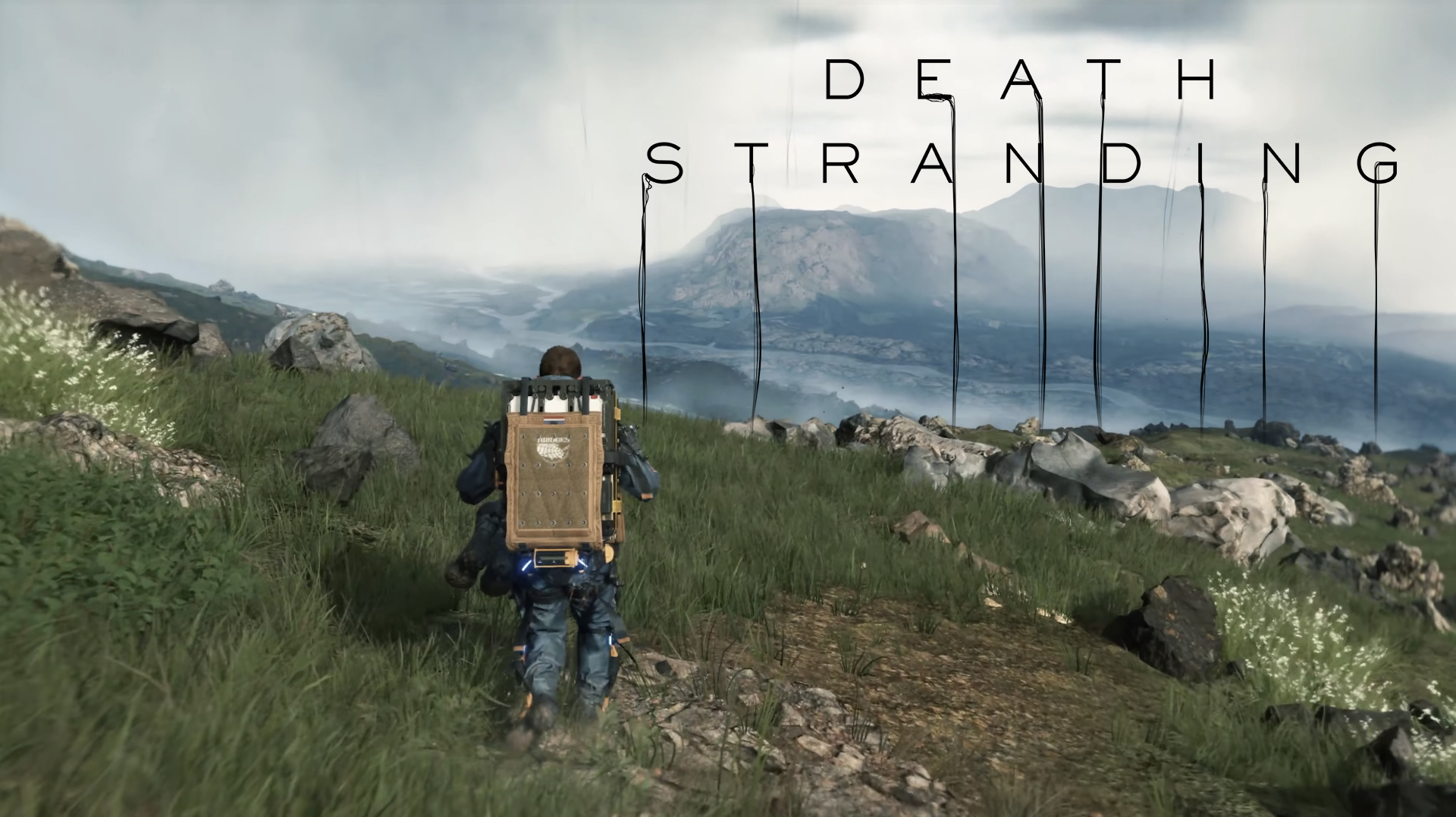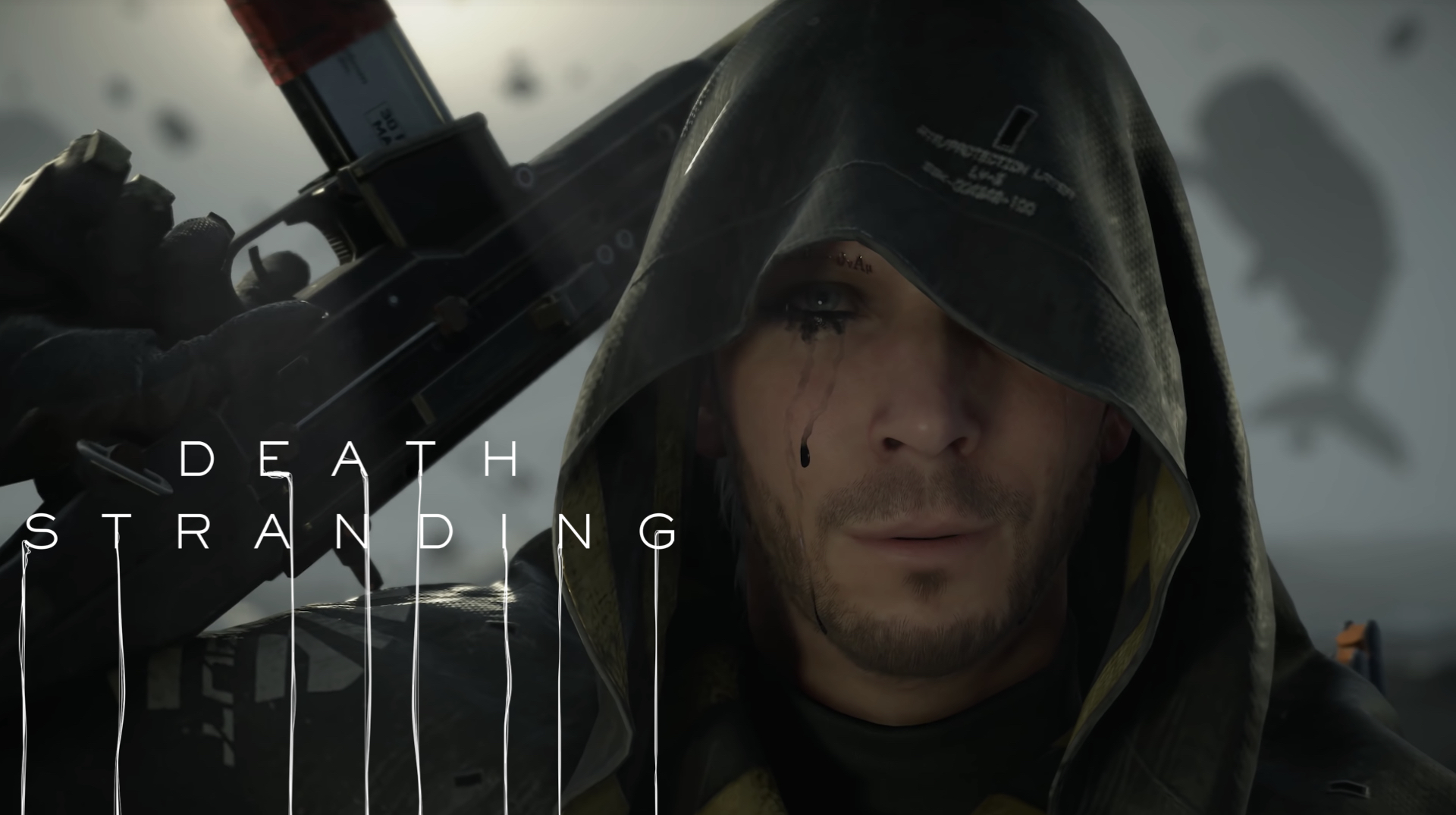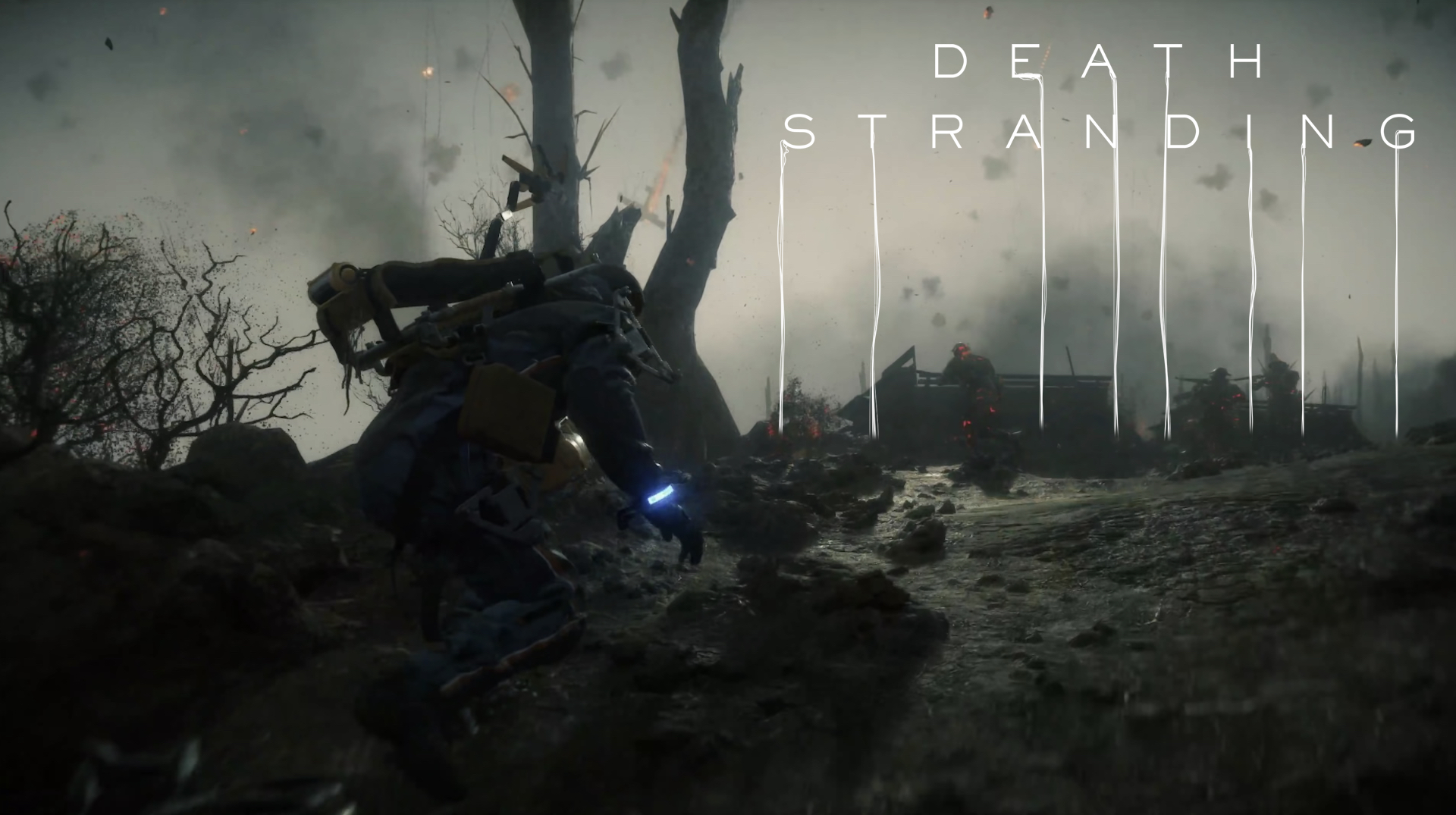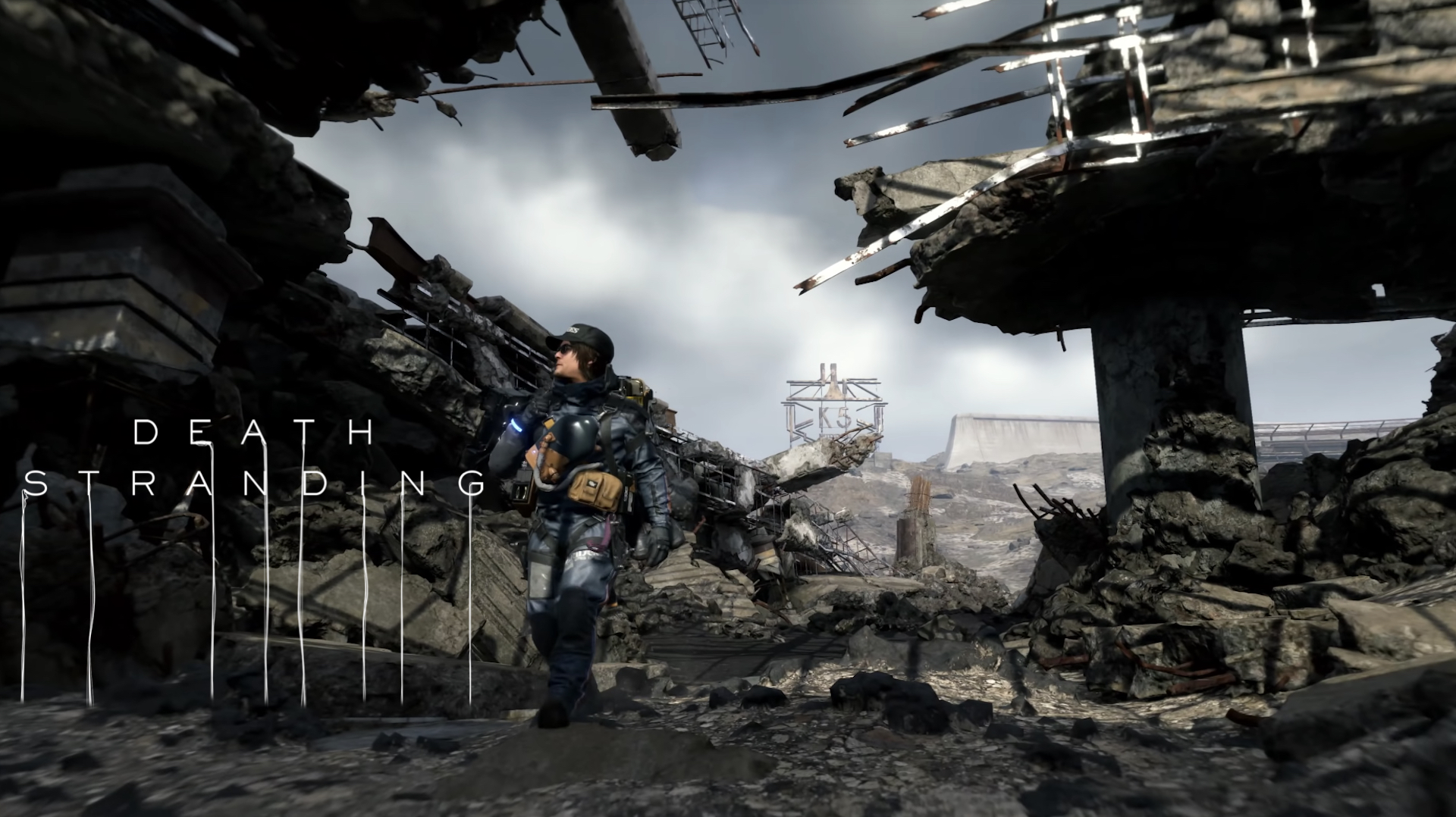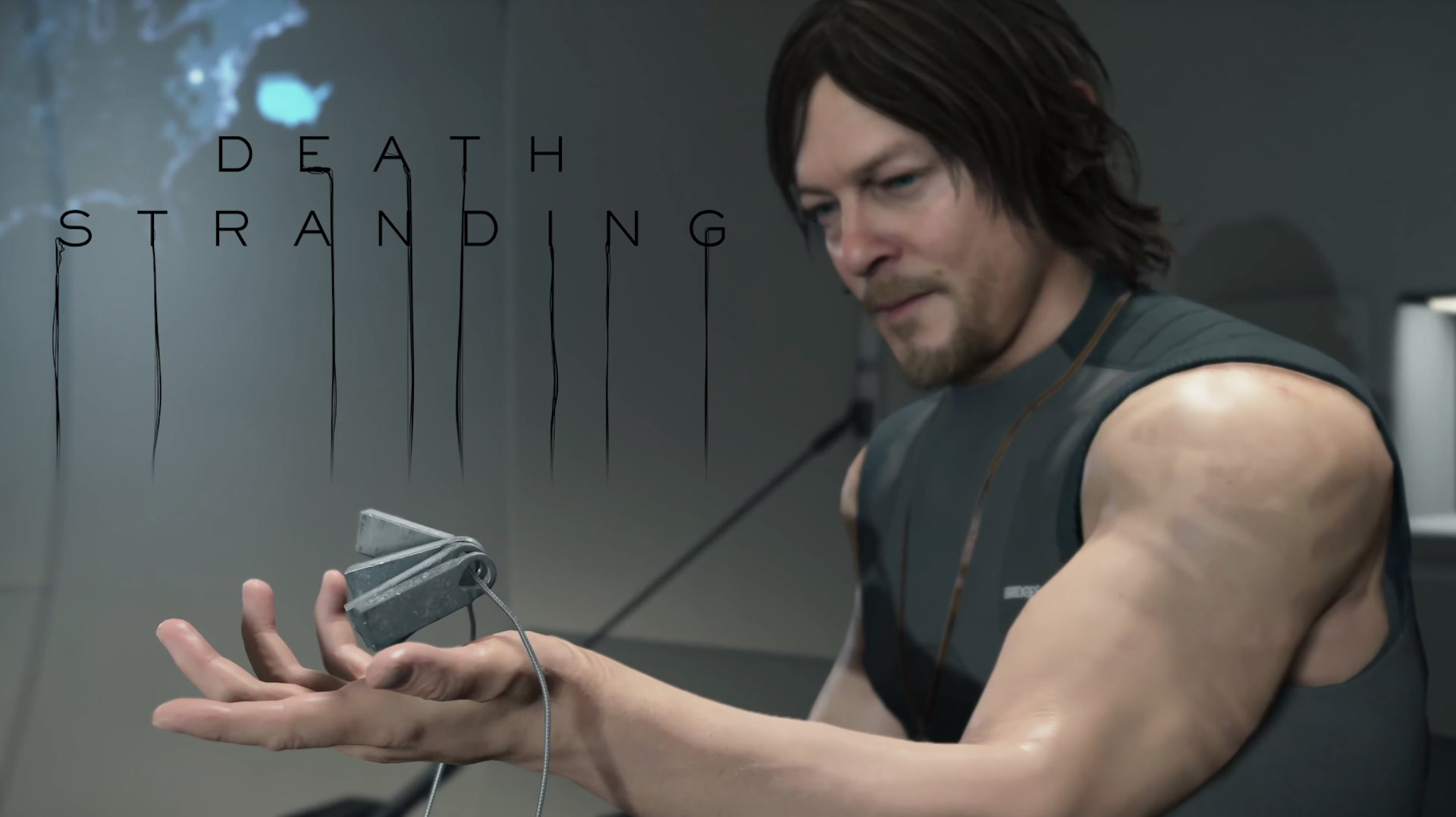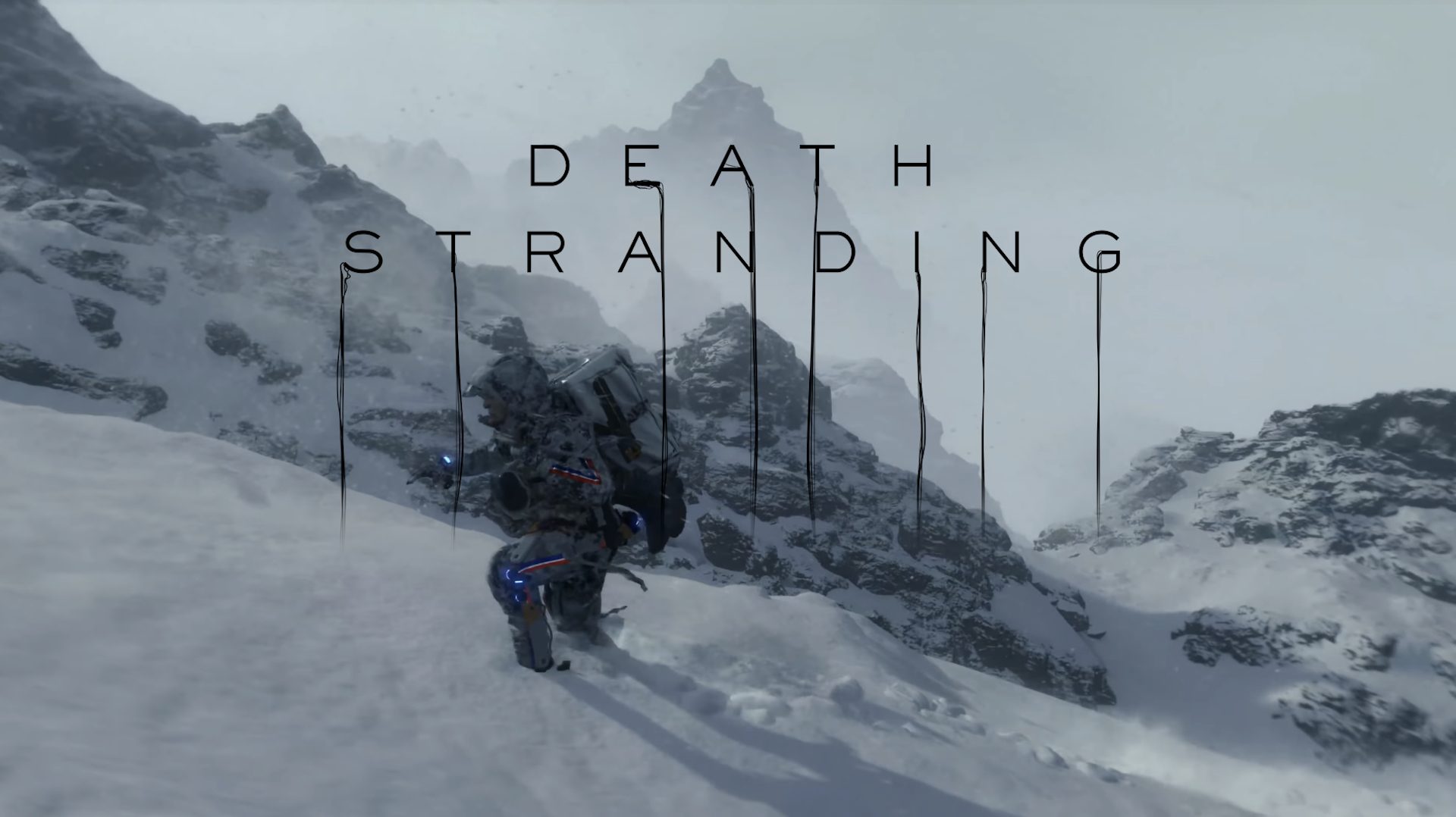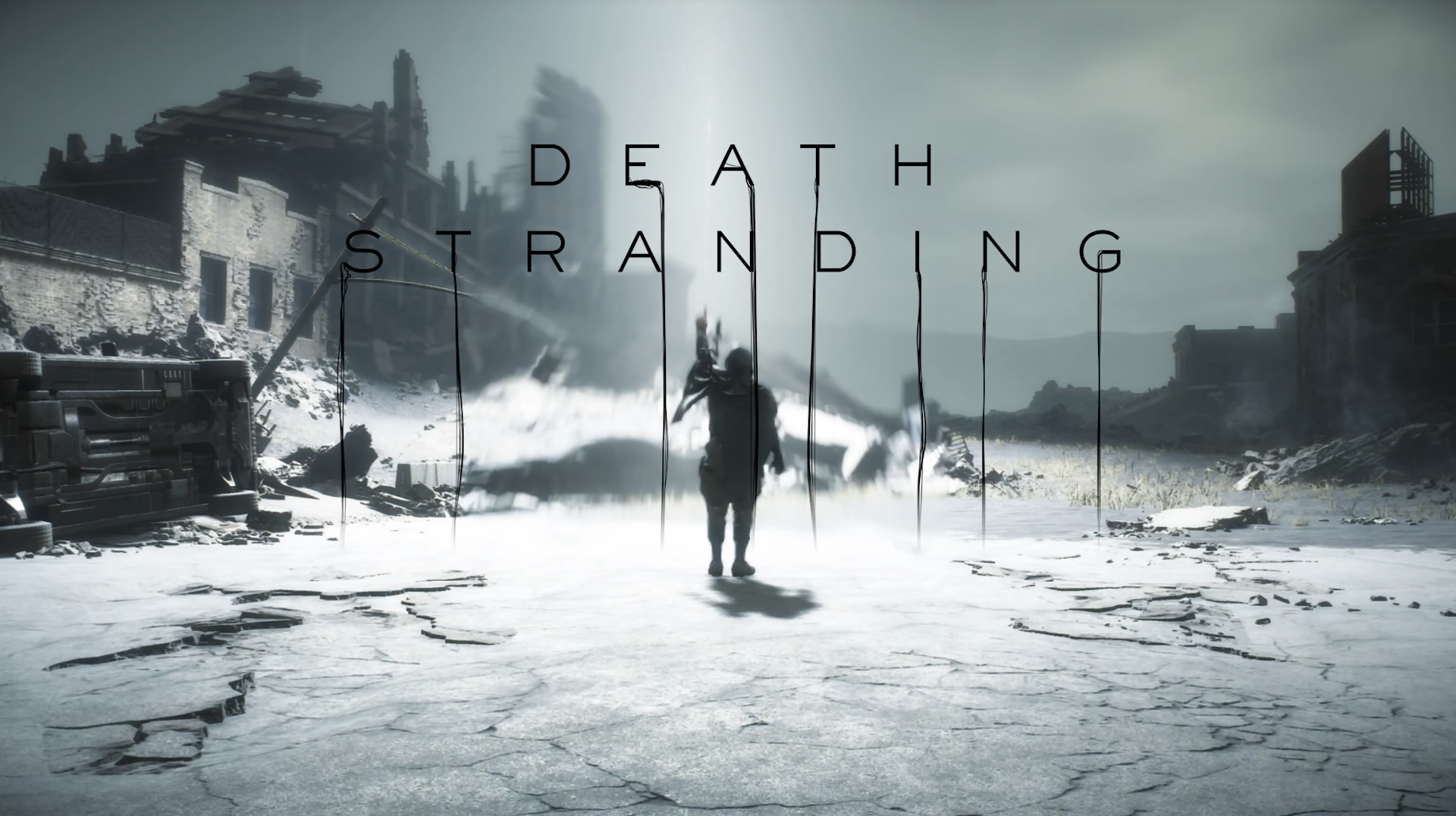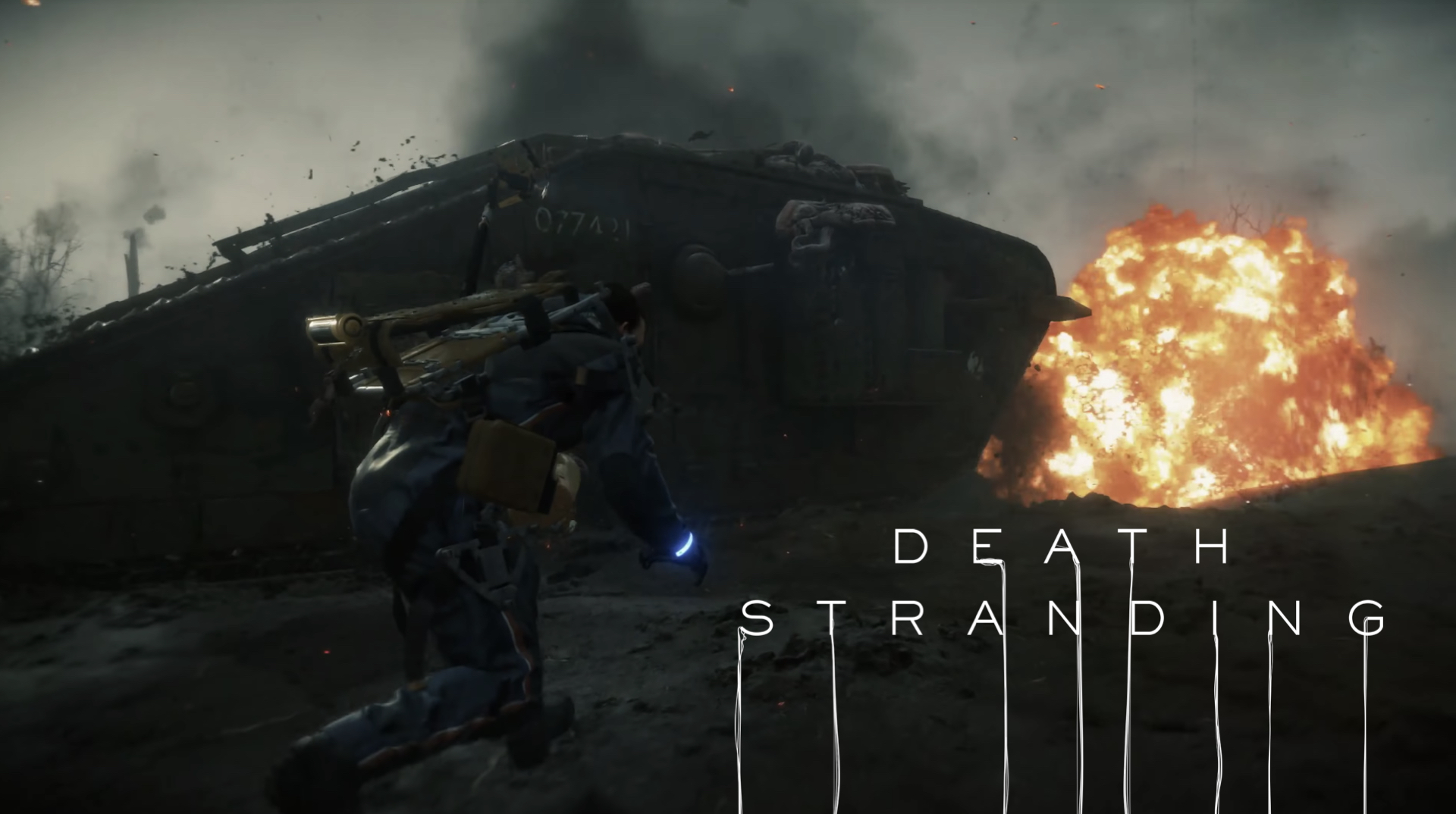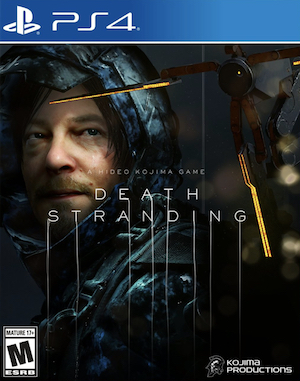
Death Stranding, Hideo Kojima’s first independent, post-Metal Gear Solid outing has been weirding us out with inexplicable trailers and teasers for years now. Kojima’s reputation, the immense goodwill he’s built up as an auteur game creator, are what’s on the line here and if the latest pre-E3 trailer is anything to go by, Death Stranding is all set to be more intense, weirder, and, and more visually spectacular than anything Kojima’s worked on in the past, and that’s no mean feat. Instead of trying to unpack the almost purposefully dense post-structuralist narrative beats, we’re going to do a deep-dive technical analysis, taking a look at the bespoke systems that power Death Stranding, giving it 9th gen visual appeal on now-antiquated PS4 hardware.
Engine overview
2015’s Metal Gear Solid 5 was impressive on all counts. It wasn’t just the spectacular gameplay and narrative; MGS V made use of the highly optimized Fox Engine to deliver an experience that scaled wonderfully across different hardware configurations. The game managed to look great on everything from the Xbox 360 to 4K gaming PCs. The Fox engine is in-house Konami tech so it’s no longer an option for a post-Konami Kojima. Instead, Death Stranding makes use of the Decima engine, an evolved iteration of the tech powering Guerrilla Games’ Killzone: Shadow Fall and Horizon: Zero Dawn. Decima has powered 30 FPS experiences that both look and perform reliably on Sony’s hardware. Compared to MGS V’s silky smooth 60 FPS update, this will a decrease in responsiveness. However, from what we’ve seen of the trailer, Decima does much more in visual terms than what we saw in MGS V.
Decima, as seen in Death Stranding, is a significant evolution of the technology we saw in 2017’s Horizon Zero Dawn. The fundamentals are largely the same—the excellent physically-based material rendering, high-fidelity characters models and shading, efficient open world streaming with minimum popup, and a hefty post-process pipeline. There are several notable improvements, too: terrain rendering sees a boost, and likely makes use of tessellation, while the already-excellent hair rendering from Horizon: Zero Dawn, based on AMD’s PureHair suite, is further refined. Overall, it’s about iteration and this is to be expected, considering that Horizon: Zero Dawn itself pushed base PS4 hardware hard. Let’s have a look now at specific technical aspects of the trailer.
Subsurface scattering
Character rendering has always been Decima’s strong point, and Death Stranding is no different in this respect. Closeups of character faces—particularly those placed near striking light sources—look convincing because of the high-quality skin shader in use. Subsurface scattering is easily visible on character closeups, for instance—and lends skin a degree of softness and enables it to behave in a distinctly different manner to other materials such as cloth and metal, when exposed to light. A specular layer on top captures blood and sweat, while avoiding the “plasticky” look common to skin rendering in so many titles.
It’s also relevant to note here that model polygon counts are very high. While the character’s smooth skin isn’t exactly a showcase of fine detailing, the way in which their nose and eyelids curve organically point to a poly count in the mid five-figure range—comparable to other AAA exclusives like Uncharted 4.
Parallax Occlusion Mapping
Much has been made of Death Stranding’s terrain rendering, ever since the first trailer arrived years ago. While it’s been described as a generation leap, the game’s terrain doesn’t utilize anything particularly exotic: It’s just a solid combination of high-poly terrain meshes, together with PoM. Large rock formations are made of real geometry and the fidelity increase here is down to the environment receiving a large part of the polygon budget, especially in outdoor cutscenes. Parallax occlusion mapping, together with high-resolution textures, is used to convincingly recreate the many smaller stones and pebbles lining strewn around. The use of physically based material rendering enhances the effect.
Volumetric Particle Effects
The GPU-heavy nature of the eighth-gen consoles has been a boon for particle rendering—hardware-based particle systems can leverage the prodigious amounts of GPU power on tap to create incredible set-piece explosions. Avalanche, with Apex engine games like Rage 2 and Just Cause 4 has made use of this to great extent. Particle effects are a key aspect of Death Stranding’s set pieces, too. Volumetric particles have a part of the Decima engine since Killzone: Shadow Fall. Decima’s first outing was a great showcase for hardware-accelerated particle rendering, with thick particle volumes that interacted with the lighting and greatly enhanced the atmosphere. Volumetric particle rendering is back in a big way with Death Stranding. Decima supports a very large number of lit, volumetric particles onscreen, making explosions so much more than a temporary light-show. Particles appear to be rendered at full resolution, undoubtedly taxing on the hardware.
Per-object motion and camera-based blur
Guerrilla Games have been known to use a heavy post-process palette to give titles like Killzone: Shadow Fall a heavy dose of filmic atmosphere. Death Stranding fully taps into Decima’s wide ranging post-process pipeline, something that works in the game’s favour considering its cinematic aesthetic. A fine, per-object motion blur implementation is seen, carried over from Horizon: Zero Dawn. Per-object blur on the enemy staves adds to the sense of impact, as well as helping to smooth out the low frame rate. We recently tried (and gave up) on playing Assassin’s Creed: Origins. The lack of motion blur made the game feel incredibly choppy, even at a reasonable 45 FPS lock. In Death Stranding, per-object blur goes a long ways towards making 30 FPS gameplay tolerable. We also see Death Stranding make use of camera-based motion blur, creating an added sense of impact during a combat finisher.
Depth of Field blur
Death Stranding features bokeh depth-of-field, albeit at a relatively low resolution. We’re onboard with this compromise because in cutscenes, depth of field quality is acceptable with the only real impact being that bokeh highlights are a bit blurry, as seen on the character’s glove. In-game, the effect is more subtle. Static depth-of-field blur is applied in the far distance. Meanwhile, dynamic blur is utilized when the player character and NPCs approach the camera, similar to what we saw in Metal Gear Solid V.
Bloom
Here, we have a shot of Sam riding his gritty future bike, and what really stands out is the liberal use of bloom on the light sources onscreen. Now excessive use of bloom is one of the surest ways of ruining quality, but here, the bright blue highlights contrast well with the subdued tone of the environment and work in favour of the game’s cinematic appeal. Object motion blur also comes into play here, with the bloom effect bleeding out from the light source as the bike moves.
SSAO
Death Stranding goes light on the ambient occlusion. Contact shadows are visible in certain areas—for instance between the character’s knees and the ground, but we’re thankfully not seeing black haloes all over the place. AO coverage is light from what we saw in the trailer, but this could simply be down to the time-of-day in the trailer footage: Much of the gameplay takes place when it’s cloudy. All kinds of shadows—including indirect ones—are diffuse in these conditions.
Temporal AA
The Decima engine’s “two-frame” temporal AA solution was one of the visual highlights of Horizon: Zero Dawn, offering very clean image quality at 1080p with alpha coverage, at a relatively low computational cost. Death Stranding appears to be using an iteration of this method for anti-aliasing. The grass—a transparency—receives full AA coverage. As we’ve grown accustomed to in the many games that now use a temporal AA solution, the trade-off for Death Stranding’s excellent AA coverage is a certain degree of softness to the final image. This isn’t a big deal, though, considering how the game’s aesthetic depends in large part on liberal use of post-effects.
Conclusion
We’re still not sure what to make of Death Stranding, even after a full gameplay trailer and some amount of explanation about what it all means. Nevertheless, at a technical level at least, the title is a great example of the use of tech that plays into the PS4’s strengths. GPU-heavy particle effects, high poly models and some very convincing terrain rendering all run at what we’re fairly certain is a native 1080p image on the base console, backed by an excellent temporal AA solution. Whatever Death Stranding is about, it sure looks nice.








